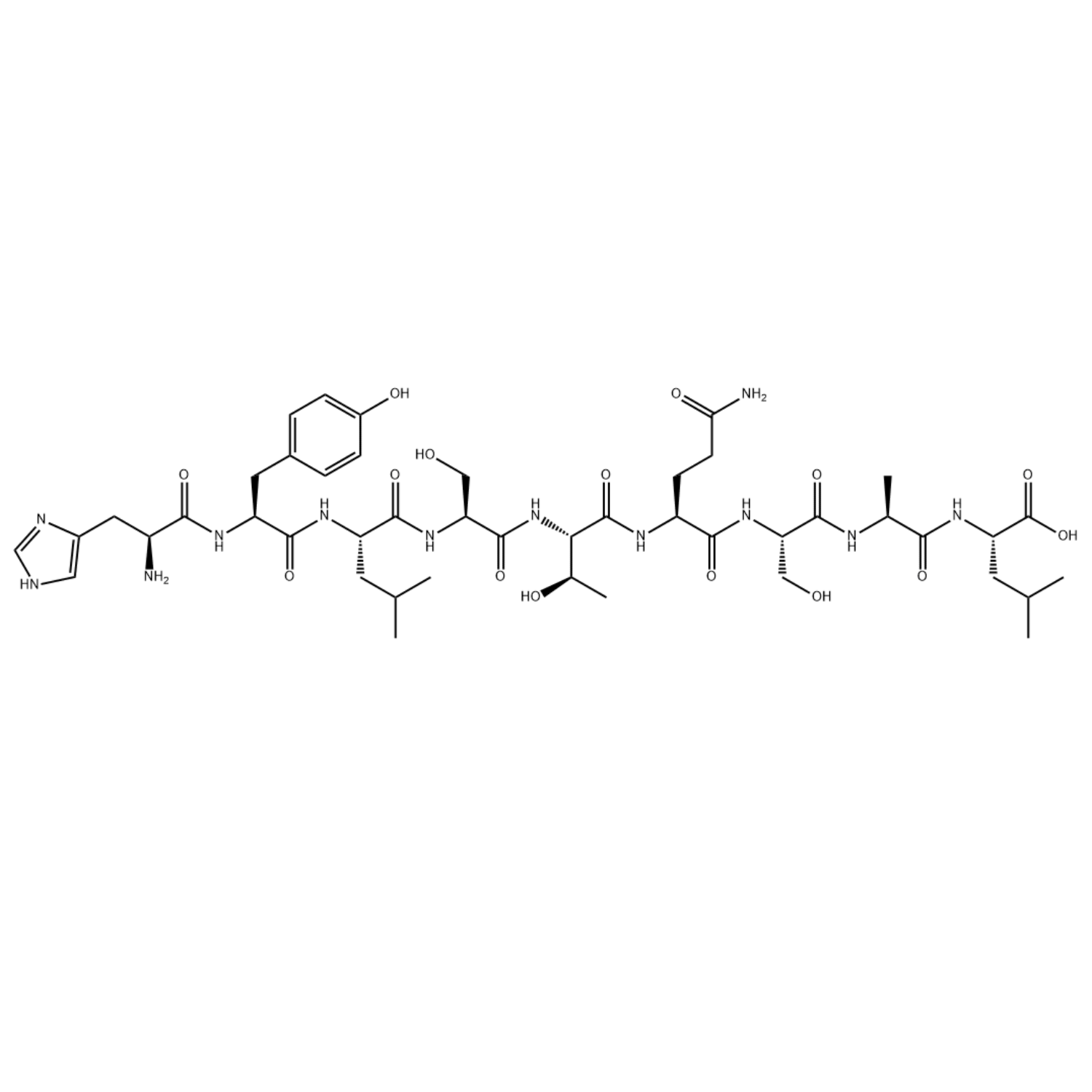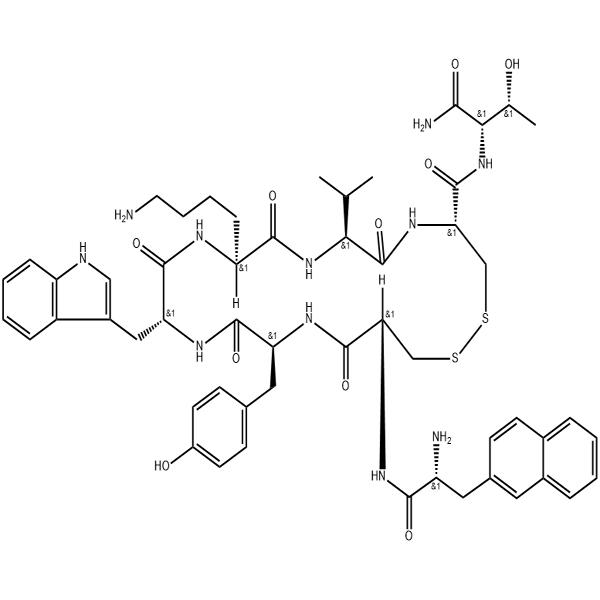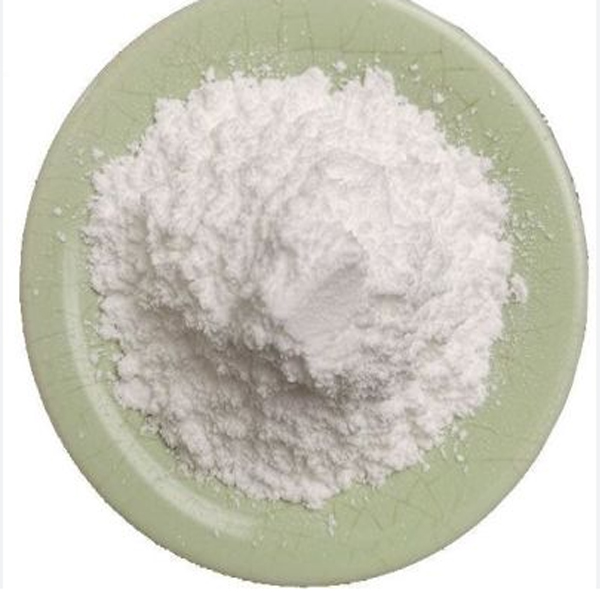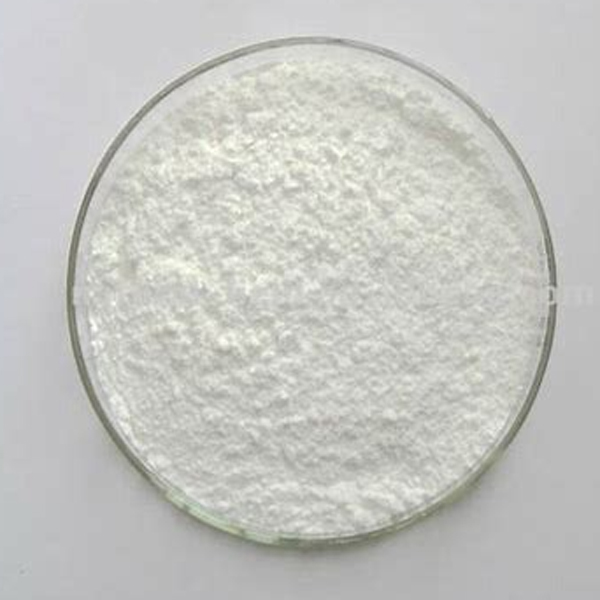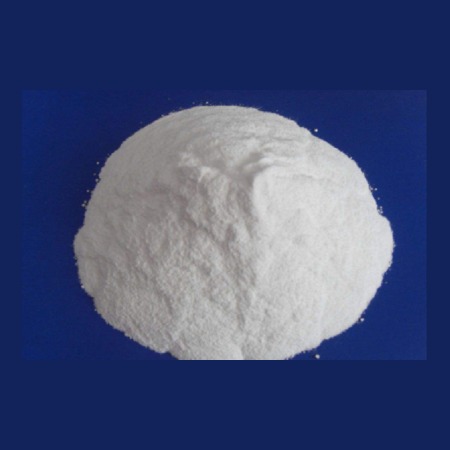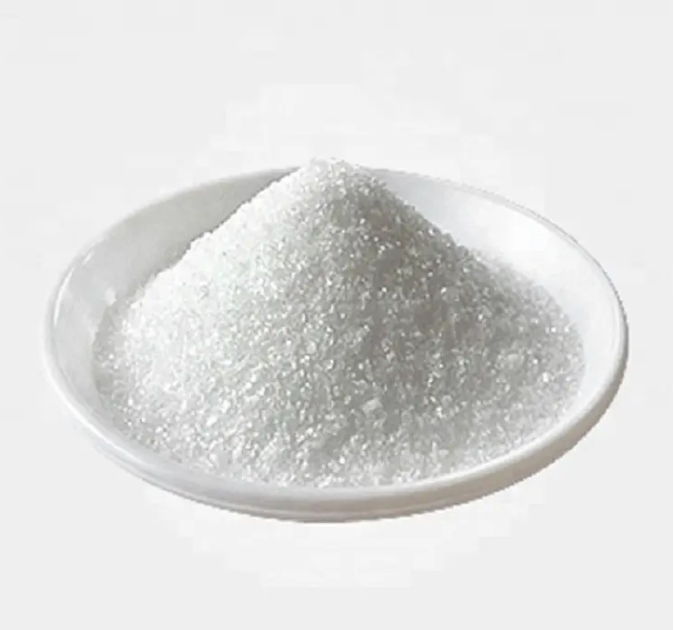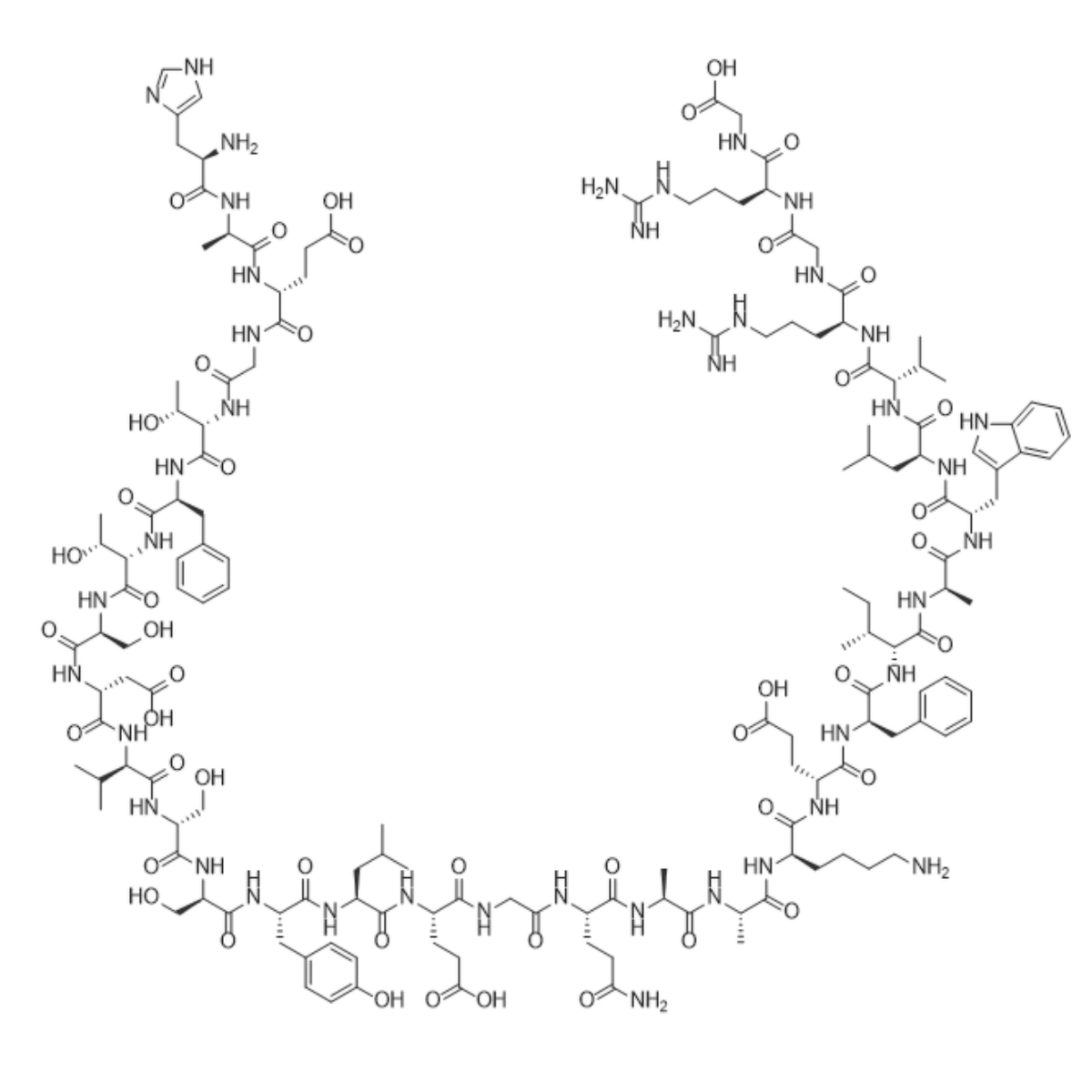Enhanced Green Fluorescent Protein (EGFP) (200-208)/323198-39-6/Peptide purification
Description
Enhanced Green Fluorescent Protein (EGFP) (200-208) is a labeled gene product polypeptide from the Aequorea Victoria,which is composed of 9 amino acids. It is also a common reporter protein that is easy to detect.
Specifications
Apperance: White to off-white powder
Purity(HPLC): ≥98.0%
Single Impurity: ≤2.0%
Acetate Content(HPLC): 5.0%~12.0%
Water Content (Karl Fischer): ≤10.0%
Peptide Content: ≥80.0%
Packing and Shipping: Low temperature, vacuum packing, accurate to mg as required.
FAQ:
What are the best preservation conditions? How stable is the peptide?
After lyophilized, polypeptide can form fluff or flocculant powder, which can avoid premature degradation of polypeptide. Recommended storage conditions: a. -20℃ storage or dry environment b. Try to avoid repeated freeze-thaw c. Try to avoid storage in solution state (freeze-dried powder can be stored in separate packages for convenience of use) d. If it must be stored in solution, it is recommended to dissolve the peptides in sterile water under weakly acidic conditions and store at -20℃.
Why should peptides be modified by N-terminal acetylation and C-terminal amidation?
Such modifications can give peptide sequences properties that are native to proteins.
What are the differences between peptides and proteins?
Peptides and proteins are both composed of amino acids, but they differ in molecular weight and length. Generally, those with a molecular weight less than 10,000 daltons (Da) and shorter amino acid chains are called peptides, while those with a larger molecular weight and longer amino acid chains are referred to as proteins.
What is Net Peptide Content?
It is important to understand the difference between net peptide content and total peptide weight (gross weight). In general, peptide lyophilized powder samples contain not only peptides, but also other substances such as water, solvents absorbed by peptides, counterions, and salts. The total peptide weight (gross weight) refers to the weight of all these mixtures. The net peptide content is relative to the non-peptide substances, balanced ions and water, and after removing these, the remaining is the net peptide content. The net peptide content can be determined by nitrogen analysis or amino acid composition analysis, usually accounting for 50-80% of the total peptide weight. Net peptide content is different from peptide purity, which refers to the percentage of peptide of interest in a sample.
How To Order?
1. Contact us directly by phone or email: +86-13735575465, sales1@gotopbio.com.
2. Order online. Please fill out the order online form.
3. Provide peptide name, CAS No. or sequence, purity and modification if required, quantity, etc. we will provide a quotation within 2 hours.
4. Order conformation by duly signed sales contract and NDA(non disclosure agreement) or confidential agreement.
5. We will continuously update the order progress in time.
6. Peptide delivery by DHL, Fedex or others, and HPLC, MS, COA will be provided along with the cargo.
7. Refund policy will be followed if any discrepancy of our quality or service.
8. After-sale service: If our clients have any questions about our peptide during experiment, please feel free to contact us and we will respond to it in a short time.
All products of the company are only used for scientific research purpose, it’s prohibited to be directly used by any individuals on human body.

